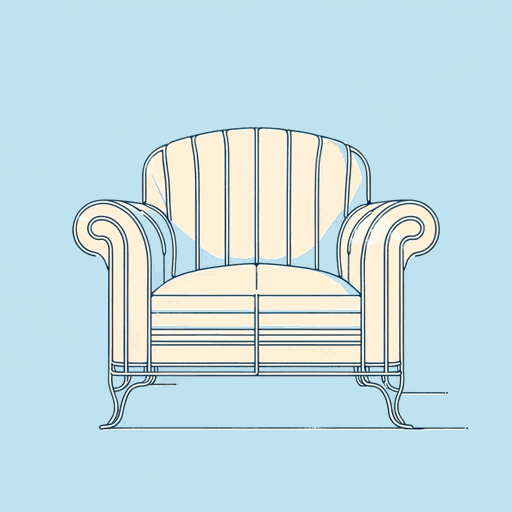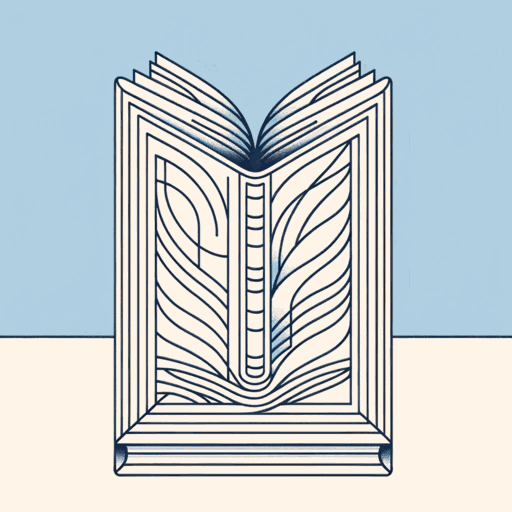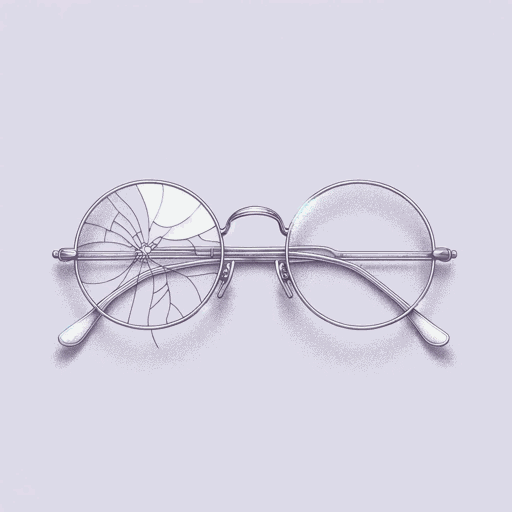45 pages • 1 hour read
Sigmund FreudThe Uncanny
Nonfiction | Essay / Speech | Adult | Published in 1919A modern alternative to SparkNotes and CliffsNotes, SuperSummary offers high-quality Study Guides with detailed chapter summaries and analysis of major themes, characters, and more.
Summary
“Screen Memories”
“The Creative Writer and Daydreaming”
“Family Romances”
Part 1, “Leonardo da Vinci and a Memory of His Childhood”
Part 2, “Leonardo da Vinci and a Memory of His Childhood”
Part 3, “Leonardo da Vinci and a Memory of His Childhood”
Part 4, “Leonardo da Vinci and a Memory of His Childhood”
Part 5, “Leonardo da Vinci and a Memory of His Childhood”
Part 6, “Leonardo da Vinci and a Memory of His Childhood”
Part 1, “The Uncanny”
Part 2, “The Uncanny”
Part 3, “The Uncanny”
Key Figures
Themes
Important Quotes
Essay Topics
Part 1, “The Uncanny”Chapter Summaries & Analyses
Summary: Part 1, “The Uncanny”
Freud’s opening remarks in Chapter 1 of “The Uncanny” are an apology for the following discussion of aesthetics, which is “only rarely” of interest to the psychoanalyst. The subject of the uncanny is such an instance, however (123). Freud moves swiftly from aligning the uncanny with that which incites dread to more subtle definitions. Typically, discussions of aesthetics avoid this subject, since they are concerned with the “beautiful, attractive and sublime” (123). Freud cites a “a fertile but not exhaustive paper” by E. Jentsch, to which he refers to repeatedly in the essay.
An initial obstacle to the study of the uncanny, Jentsch says, is the variation in sensitivity among people. This is a problem for the whole of aesthetics. There are two courses of thought in explicating the uncanny. The first is linguistic, and the second is evidential. Freud defines the uncanny as “that class of the terrifying which leads back to something long known to us, once very familiar” (124). Freud states that he will show how something familiar can be frightening in the rest of his essay, which is informed by a number of case studies, followed by linguistic analysis.
Freud’s elucidation of the subject of the uncanny begins with a linguistic analysis of the German term unheimlich.
Related Titles
By Sigmund Freud

Civilization And Its Discontents
Sigmund Freud

Moses and Monotheism
Sigmund Freud

On Dreams
Sigmund Freud

The Freud Reader
Sigmund Freud

The Future of an Illusion
Sigmund Freud

The Interpretation of Dreams
Sigmund Freud

Three Essays on the Theory of Sexuality
Sigmund Freud

